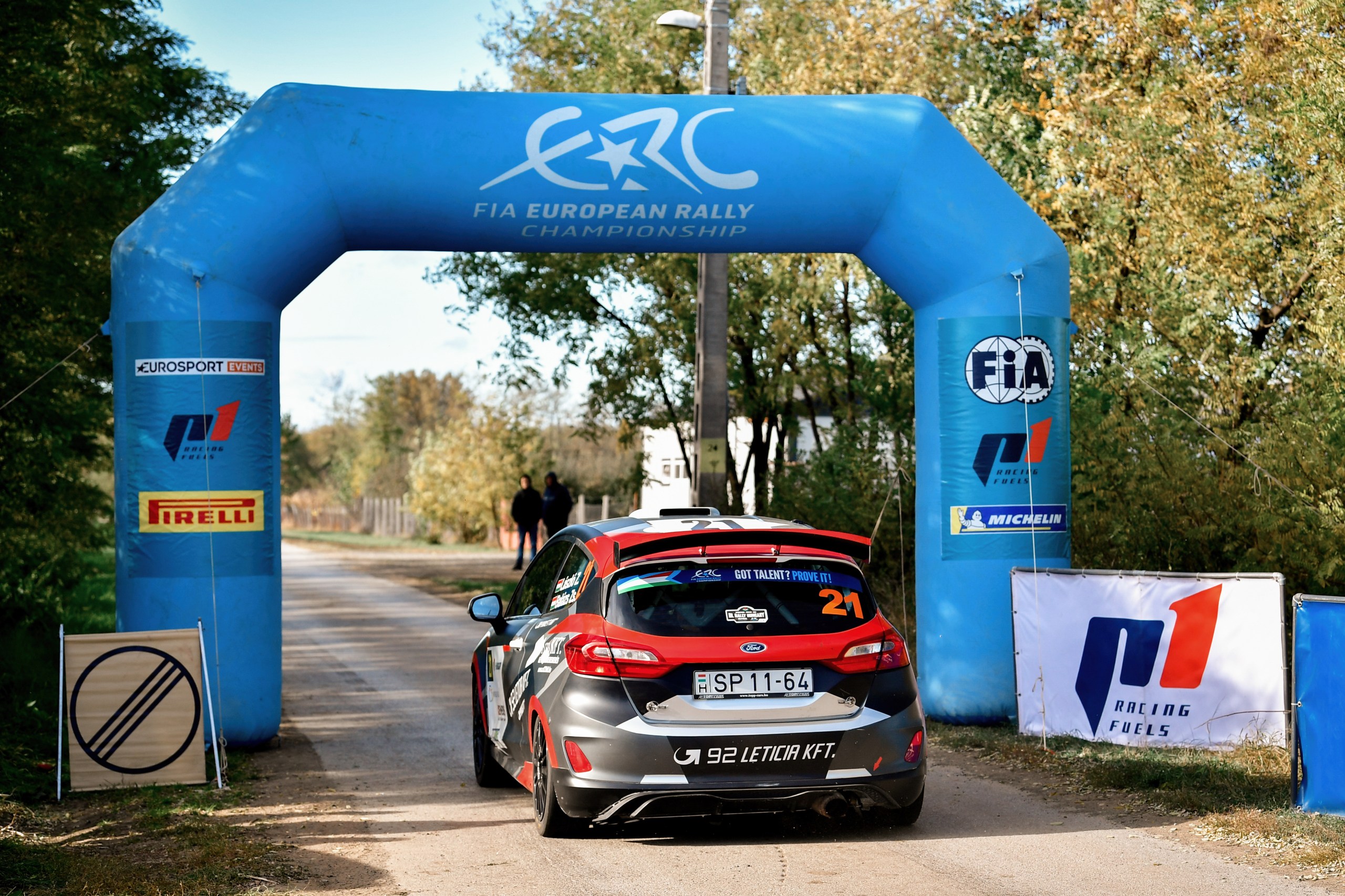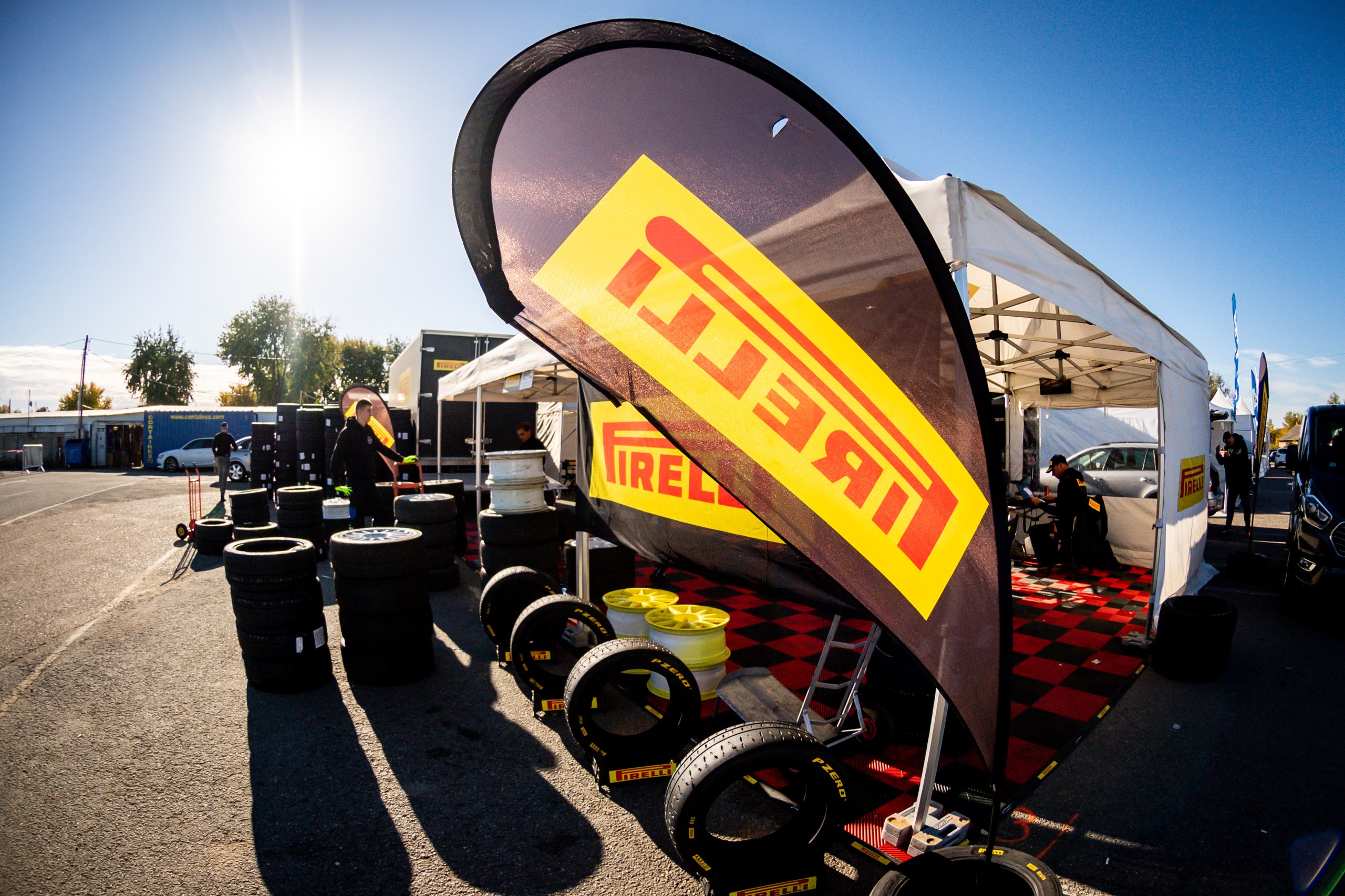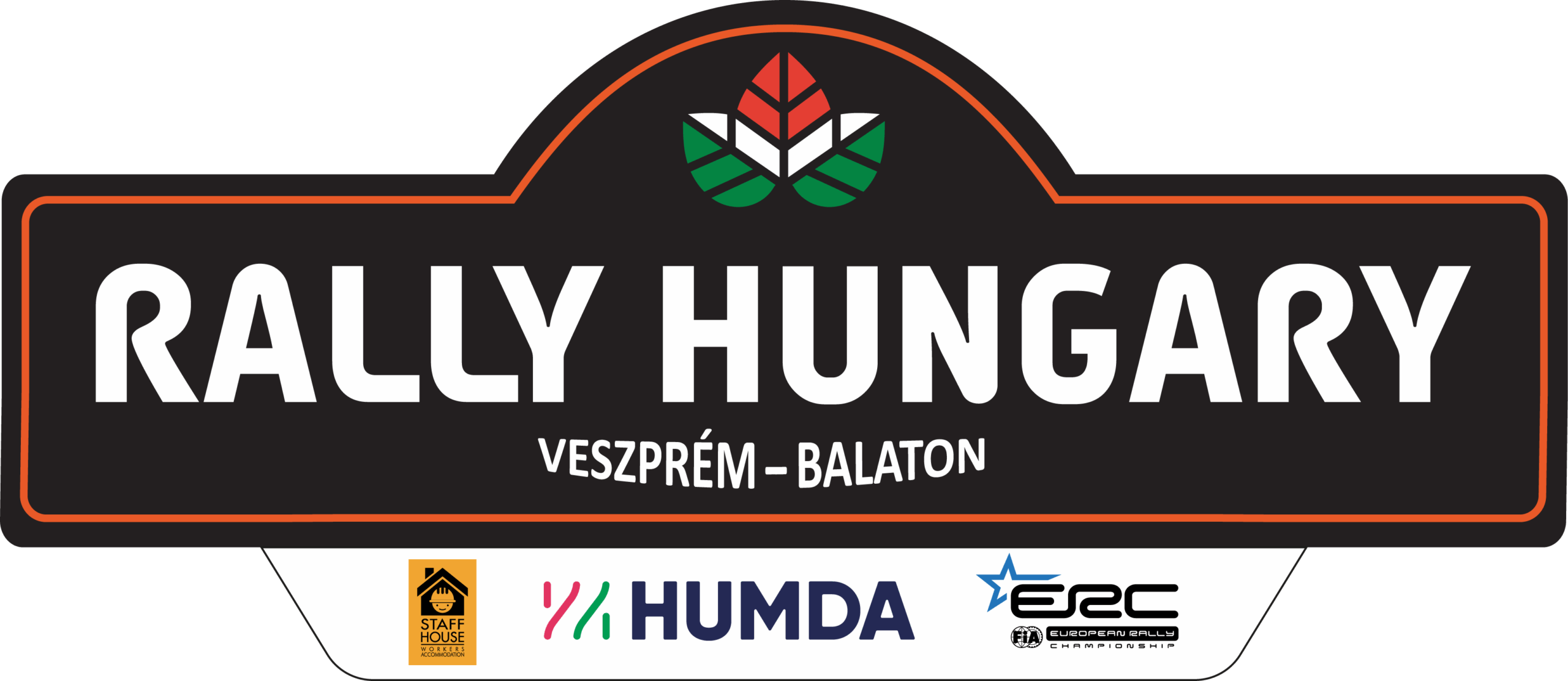Format
ERC rallies are held over four days. The first one and a half days are dedicated to the reconnaissance. The focus then swiftly turns to Free Practice and the Qualifying Stage for Rally2 drivers. They get two runs in Free Practice and a single run over the Qualifying Stage, the results of which are used to help set the starting order for leg one. All other drivers complete their event preparations in shakedown, which starts once the Qualifying Stage has finished. Following the ceremonial start towards the end of day two, rally organisers can schedule a superspecial stage ahead of two full days of competitive action. All ERC events are decided on the event-closing Power Stage.
Start Order Selection
The fastest 15 drivers on the Qualifying Stage select their starting position for leg one with the fastest qualifier picking first followed by the second fastest qualifier and so on until the top 15 fastest qualifiers have all made their selection. Any drivers with FIA Priority Status outside of the top 15 on the Qualifying Stage are next to make their selection followed by any drivers who scored points in the 2022 FIA European Rally Championship but not featuring in the top 15 Qualifying Stage classification or holding FIA Priority Status. This will be in descending order according to their final 2022 ranking. Any remaining Rally2 drivers not included in the above groups are the last to select their road position for leg one and will do so in descending order according to the Qualifying Stage classification.
Starting order:
Leg one: First 15 cars run at 2-minute intervals, rest at 1-minute intervals
Leg two: First 15 cars in the classification at the end of leg one run in reverse order at 2-minute intervals. The rest at 1-minute intervals.
Power Stage: Gaps to be decided by Stewards, Clerk of the Course and a WRC Promoter representative.

Points
Points are awarded to the top 15 finishers in each category on the descending scale detailed below. As in previous seasons, the points system is the same as all other FIA Regional Rally Championships.
| 1st | 2nd | 3rd | 4th | 5th | 6th | 7th | 8th |
| 30 | 24 | 21 | 19 | 17 | 15 | 13 | 11 |
| 9th | 10th | 11th | 12th | 13th | 14th | 15th | |
| 9 | 7 | 5 | 4 | 3 | 2 | 1 |
In ERC, ERC3 and ERC4 drivers count their best seven scores from a possible eight. In Junior ERC (starting from Round 3) drivers count their best five rounds from six. The fastest five drivers on the Power Stage score points on a descending scale as follows: 1st = 5 points; 2 = 4; 3 = 3; 4 = 2; 5 = 1.
How points are scored in the FIA European Rally Championship for Teams has been changed for 2023 to make the system easier to understand. Previously, the results of ERC and ERC4 entrants were considered according to the four- or two-wheel classification, which could lead to a team entering two Rally4 cars out-scoring a team entering one Rally2 car, even if that team achieved a better overall finishing position. Under new rules for 2023, points are awarded to the top 15 overall eligible finishers, with the aim of providing more incentive for Rally2-equipped squads to enter the FIA European Rally Championship for Teams. As previously, a maximum of three cars can be registered for the purpose of scoring Teams’ championship points. A registered team entering more than three cars must nominate its scoring drivers prior to the completion of the administrative checking procedure. If no declaration is made, the team in question will not be eligible for points.

Titles
The following titles are up for grabs in 2023:
- FIA European Championship for Drivers
- FIA European Championship for Co-Drivers
- FIA European Championship for Teams FIA ERC3 Championship for Drivers
- FIA ERC3 Championship for Co-Drivers
- FIA ERC4 Championship for Drivers
- FIA ERC4 Championship for Co-Drivers
- FIA Junior ERC Championship (for drivers only)
Tyres
To score ERC points, drivers must use tyres from a registered manufacturer. For 2023, Hankook, Michelin, MRF and Pirelli have registered. Tyre use is restricted according to category.
Significant changes have been made to the FIA European Rally Championship’s tyre regulations for 2023 as part of measures to control tyre usage and cost and maintain parity.
Only the types of tyres specified in the list published by the FIA are authorised for use and it is the duty of the tyre suppliers to maintain an up-to-date list of barcodes and matching tyre types, including the compound. This list must be provided to the FIA Technical Delegate before the completion of pre-rally scrutineering on each event.
The FIA Technical Delegate may assign or prohibit certain barcode numbers being used and may also select new or used tyres for comparative analysis with reference samples submitted to the FIA.
For Tarmac rounds of the ERC, each FIA-nominated tyre supplier can designate in the list published by the FIA one specification of dry tyre supplied in three compounds but in the same pattern. In addition, each FIA-nominated tyre supplier can designate in the list published by the FIA one specification of wet tyre. On gravel-based rounds of the ERC, each FIA-nominated tyre supplier can designate in the list published by the FIA one specification of gravel tyre supplied in three compounds but in the same pattern.
Each supplier is entitled to substitute one Tarmac tyre and one gravel tyre across the season on the understanding that any decision to replace a tyre is irreversible and must be notified one month in advance.
The changes to the tyre regulations will ensure that tyre types offered by suppliers to competitors are available to all competitors and are identical. And by restricting the number of compounds to a reasonable amount to cover all conditions, the cost of competing can also be managed.
Testing
Testing is restricted to control costs, essentially to one day per rally.
